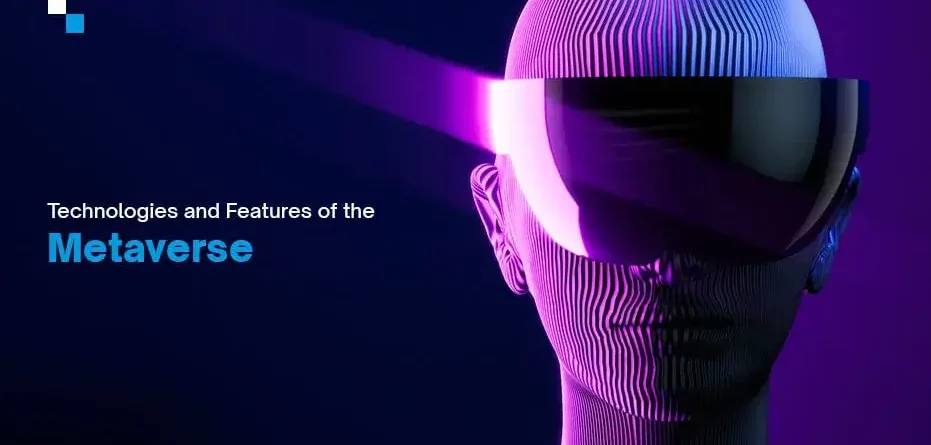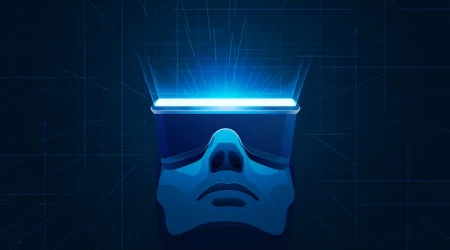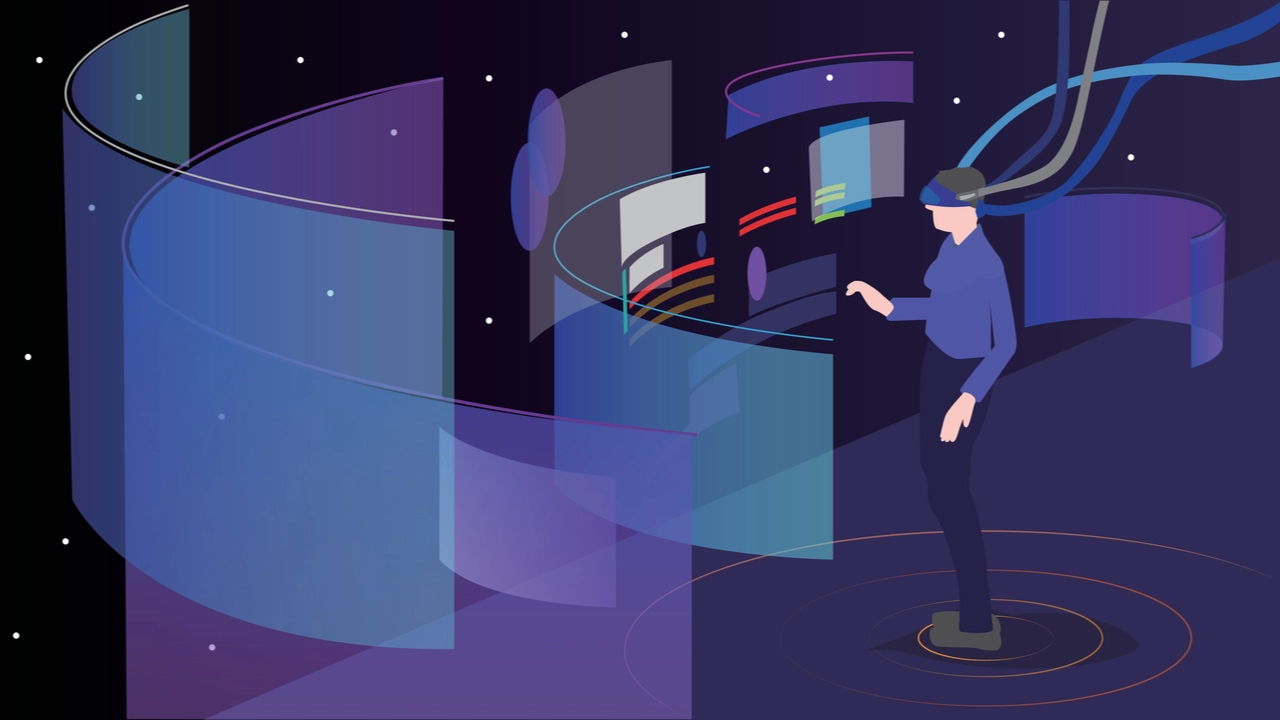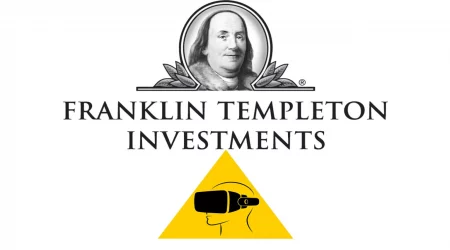What Are the Features Can We Expect From the Metaverse?
There are several positives and negatives to the Metaverse, and these are detailed below. These include Decentralization and Persistence. You can expect many other features, too, so let’s explore them together. The most exciting parts of the Metaverse are described below. But some risks are associated with it. It will be interesting to see what the future holds for this concept. Here are some of the key features:
Table of Contents
Persistence
Shortly, digital avatars will be able to move between universes, allowing users to carry their identities from one world to another. Cline’s Metaverse will showcase countless virtual activities, and many users will build hybrid lifestyles. The idea of creating a simulated world was first popularized by the “Matrix” films, which introduced downloadable consciousness and digital constructs. In addition, these films explored the moral issues surrounding the creation of utopian environments.
Today, only a handful of dominant account systems cover the entire Internet. These systems often stack on one another. One example of this is Meta ID, which is an account ID that can be linked to multiple accounts. Whether or not this interoperability is necessary for a genuinely functional metaverse is up for debate. Some people question whether the system can be populated by one operator alone. But, Resnick says that the real Metaverse must be interoperable.
Currently, many technical obstacles may hinder the development of a persistent metaverse. The biggest hurdle lies in hardware. Worldwide networking and computing capabilities are presently not at the level required to support an endless digital world. Further, a persistent digital world would require a lot of energy. Therefore, there are currently no reliable predictions for how a metaverse will develop. If people want to create a metaverse, they must build the infrastructure to support it.
Implications
The creation of a persistent digital world has enormous implications for business. For instance, a decentralized digital world could be created, allowing users to maintain more control over their data. The possibilities are seemingly endless, but the real Metaverse may not exist. In the meantime, many companies are working on this concept. Ultimately, a persistent metaverse might be a reality. And it might be a long time before we ever see it.
Another vital feature of persistent spaces is collaboration. During immersive meetings, people can collaborate to create content. One critical application is the whiteboard, which allows people to talk to each other and write their ideas on the board. As more people join in, their ideas will be visible to all. Such collaborative apps are critical to the productivity of a metaverse. A persistent metaverse will be impossible if these tools are not available.
A metaverse is a virtual world whose underlying technology is connected to the real world. This Metaverse is a hybrid world in which the physical and digital worlds merge. It can improve the quality of human life and foster a healthy lifestyle. However, it may not be implemented for years. Many companies are gearing up for this implementation. In the meantime, the development of the technology is still in its initial stages.
The term “persistent world” is often associated with a persistent virtual world. It describes virtual worlds that don’t shut down even when no one logs in.
Read More: How Is Web3.0 Decentralized?
Benefits Of Metaverse
While the benefits of the Metaverse are undisputed, the question of how it will impact the digital CX landscape is far from resolved. In the meanwhile, companies will try to monopolize portions of the Metaverse, but there will be no single entity that owns it. Moreover, transactions will be facilitated through public blockchain technology, which will help prevent fraud. Furthermore, the money in the Metaverse will mix virtual currency and Fortnite V-Bucks.
While the Internet is primarily a collection of digital worlds, the Metaverse allows users to continue engaging in various activities throughout the virtual world. This could mean playing massive virtual reality games, immersing themselves in a 3D experience, or engaging in integrated digital and physical spaces. Digital glasses or smartphones could allow users to access location-specific immersive digital content. It may even enable the users to experience augmented reality as well.
The idea of a “metaverse” has been around since the 1990s. It was first used by Neal Stephenson in his 1992 novel Snow Crash, where the term refers to a virtual reality dataspace. The novel is a dystopian cyberpunk and is considered a canon of cyberpunk literature. It describes the Metaverse concept as a future evolution of the Internet. The term has been used to describe a virtual world where users are avatars of real people.
Decentralization
Until recently, virtual worlds existed only in science fiction novels. Today, the phrase “metaverse” has become one of the most buzz-worthy tech terms, embraced by game developers, software companies, and social media platforms. Despite its unorthodox name, the Metaverse is a thriving platform with deep crypto integration. Its users will have the power to control its governance and decision-making processes.
The Metaverse is an emerging tech industry that will require high bandwidth and low latency to operate efficiently. While the technology supporting it is still in development, it has already begun to decentralize the computing industry. Edge computing and IoT have already been driving this trend. Microsoft’s chief executive officer, Satya Nadella, recently said that the industry had reached “peak centralization.” Decentralization will allow the Metaverse to deliver immersive experiences that will require high bandwidth and low latency, bringing the compute closer to the user.
In the next few years, the market for Metaverse is set to grow to $758 billion. Critical applications include workforce collaboration, product design, manufacturing, logistics, and sales and retail. The global metaverse market is expected to have three core layers: connectivity, computing, and application. Additionally, security and sustainability are essential for this new ecosystem. The technology is scalable and easy to adopt. Many other emerging tech companies in the field are eager to take the lead in the metaverse market.
Another essential feature of Metaverse is its decentralization. While the metaverse ecosystem is increasing, forming an integrated economy will take time. The ecosystem will continue to evolve and develop as different stakeholder groups align their approaches. In the meantime, the goal is to create a genuinely autonomous creation of the Metaverse. The Metaverse will enable people to interact with each other and share in the experience.
Important Features
A Metaverse is a three-dimensional online platform where people can create their avatars and establish a digital life. It imitates reality and provides a world of opportunity. There are two types of meta-verses, open source and centralized. They differ in the way they govern, create, and control. To understand which is right for you, we need to understand what these two systems do.
A successful metaverse will be a global community that is built on decentralization. Even though it is still in the beginning stages, companies, communities, and ideas are already making it a reality. One of these companies is Greyscale, a significant crypto fund manager, claiming that the Metaverse could be worth a trillion dollars by 2025. Meanwhile, the CEO of Microsoft, Bill Gates, believes that the Metaverse will soon become a virtual office.
Another essential feature of a decentralized metaverse is that users can choose to participate in the moderation process. The community can control the content in its theme parks in a decentralized system. This makes it possible for games to have stricter controls on their content. Furthermore, it gives players the power to make their own decisions about the game’s world. The Metaverse has a diverse and thriving community.
One of the most important benefits of a decentralized metaverse is security. A centralized platform cannot make firm commitments, which discourages innovation. It also prevents people from building on top of each other, discouraging innovation.
Crypto metaverses are profound virtual worlds that utilize blockchain technology to exchange virtual items for real economic value outside the Metaverse. A leading example of such a metaverse is Decentraland, based on the Ethereum blockchain and controlled by a Decentralized Autonomous Organization and individual players. Additionally, Decentraland features its cryptocurrency, MANA, which can be freely exchanged with other currencies.







Leave a Reply